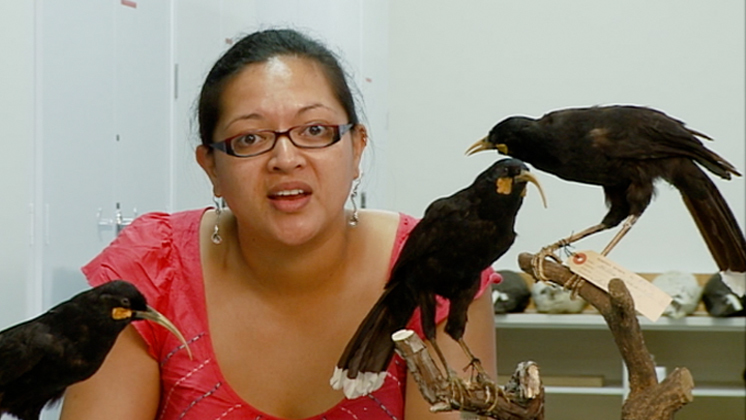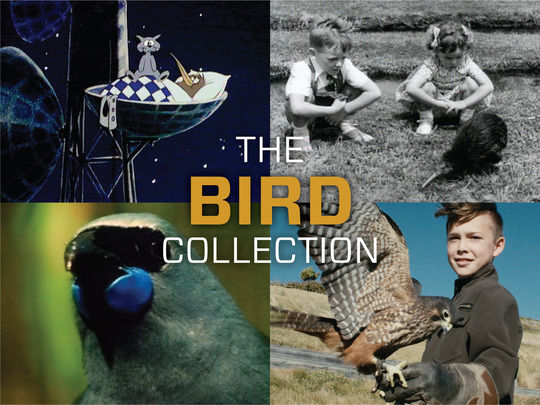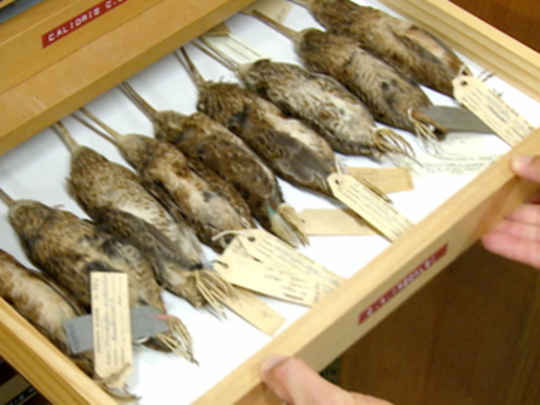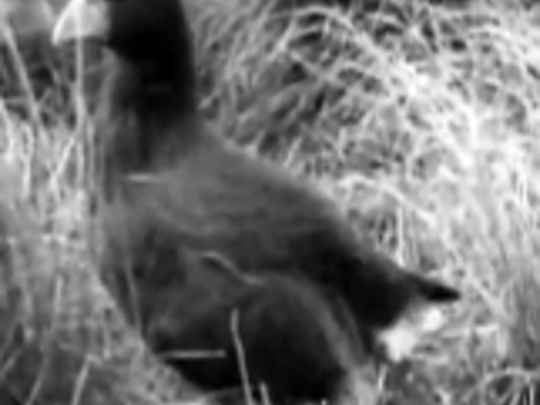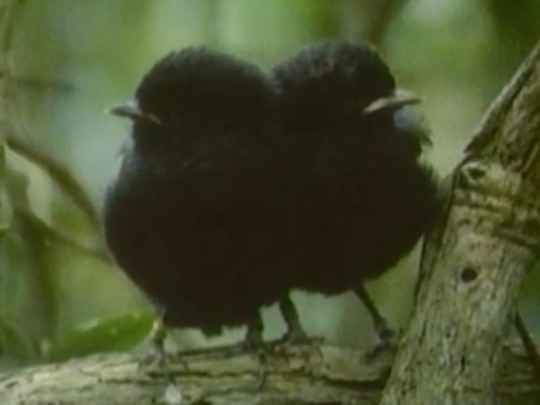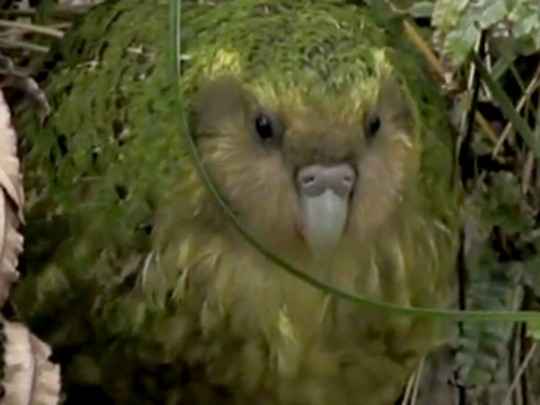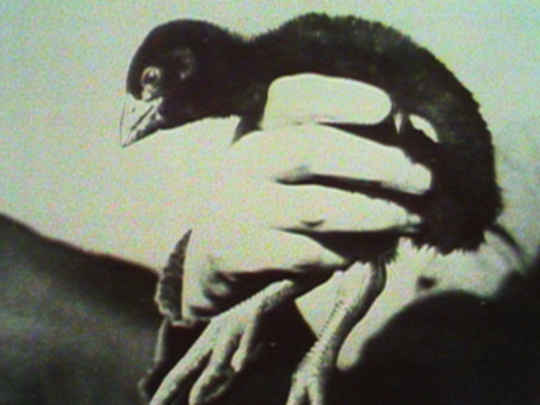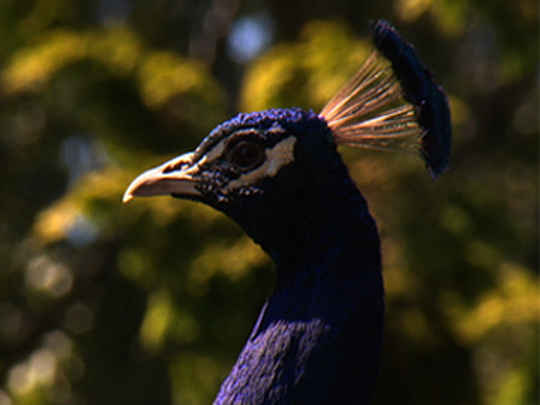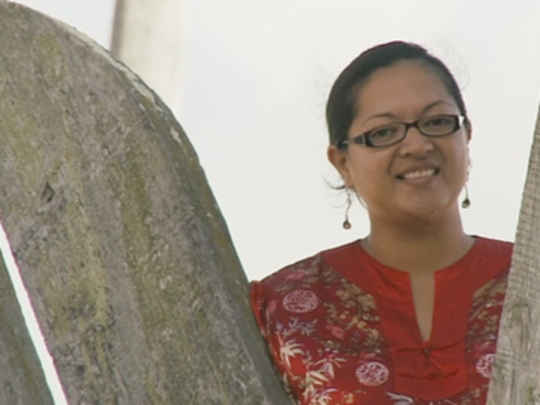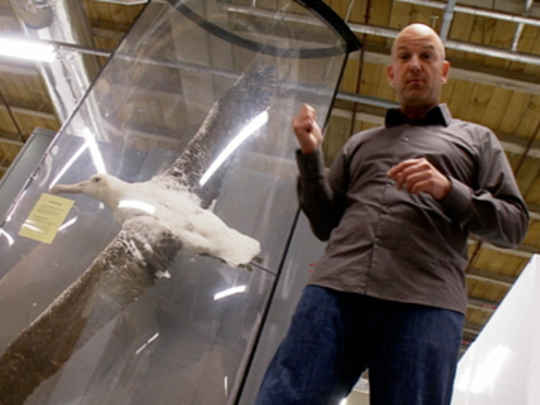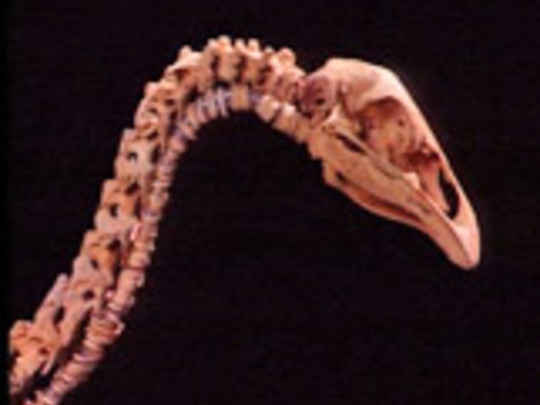Tales from Te Papa - Who Killed the Huia?
Television (Full Length Episode) – 2010
Buller’s part in the extinction of the Huia may always be controversial so it’s ironic perhaps a little sad that specimens like these (held at Te Papa) are now such a valuable record of their existence.– Presenter Riria Hotere
[The huia] never leaves the shade of the forest. It moves along the ground, or from tree to tree, with surprising celerity of bounds or jumps. In its flight it never rises, like other birds, above the treetops, except in the depth of the woods, when it happens to fly from one high tree to another...– Naturalist Walter Buller on the huia, as quoted in New Zealand Geographic, October 1993
Nineteenth century biologists prized the huia for reasons other than mana and sacredness. For them, it was the beak that set the bird apart, ranking it, along with the moa and kiwi, as one of the world’s most remarkable birds ... [it] was the only known bird in the world in which male and female differed radically in the size and shape of the bill. On the basis of this attribute, English taxonomists mistakenly identified the two sexes as separate species.– New Zealand Geographic writer Michael Szabo, October 1993
Of all Tane’s children, the huia was the most sacred to Māori ... in pre-European times, only chiefs of high rank and their whānau wore the distinguished tail feathers in their hair.– New Zealand Geographic writer Michael Szabo on the huia, October 1993
